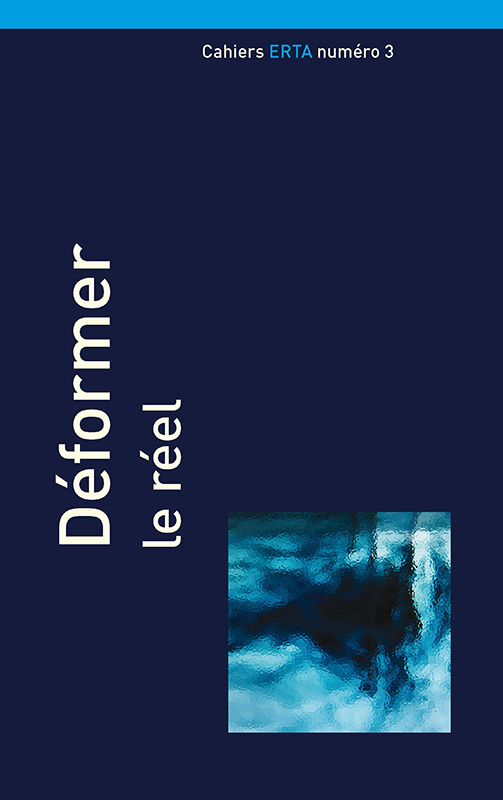La déformation du réel comme mode de relecture du réel dans Les Bienveillantes de Jonathan Littell
Mots-clés :
Hitler, nazi argumentation, pineal eyeRésumé
In Jonathan Littel’s “The Kindly ones”, Aue, the nazi homodiegetic narrator, affected with a forehead wound, feels as if he were endowed with a third eye, a pineal one, which would enable him to see beyond the opacity of things. This third eye leads him to direct a particular look on reality, which is apparently distorted: seized with hallucination, Aue comes to see, in Hitler, a Jew who would dissimulate his earlocks. Similarly, at the end of the novel, this pineal eye leads him to capture nothing more than a single aspect of reality: the Führer’s nose, which he has a sudden urge to twist. What causes this distortion of reality, this surge of incoherence in the midst of a work reflecting the nazi argumentation? The hypothesis of our reading consists in maintaining that this pineal eye turns Aue into the puppet of the author, who is thus addressing a cryptic discourse to his reader. Beyond the theme of resistance, an ontological reflection is coming to light: with Hitler merging into his antithesis, namely the Jew, mankind can only be perceived as one and the social Darwinism upheld by the supporters of nazism as empty of meaning.
Téléchargements
Références
Arendt H., Eichmann à Jérusalem, Paris, folio Histoire, 2007.
Husson E. et Terestchenko M., les Complaisantes, Jonathan Littell et l’écriture du mal, Paris, François-Xavier de Guibert, 2007.
Littell J., Les Bienveillantes, Paris, Gallimard, 2006
Rey A., Dictionnaire historique de la langue française, tome 1, 2, Paris, le Robert.
Rosset C., Le Réel, traité de l’idiotie, Paris, les éditions de minuit, 2004.
RoussinP., Misère de la littérature, terreur de l’histoire, Paris, NRF, 2005.
Trésor de la langue française.

 Revues scientifiques académiques
Revues scientifiques académiques





